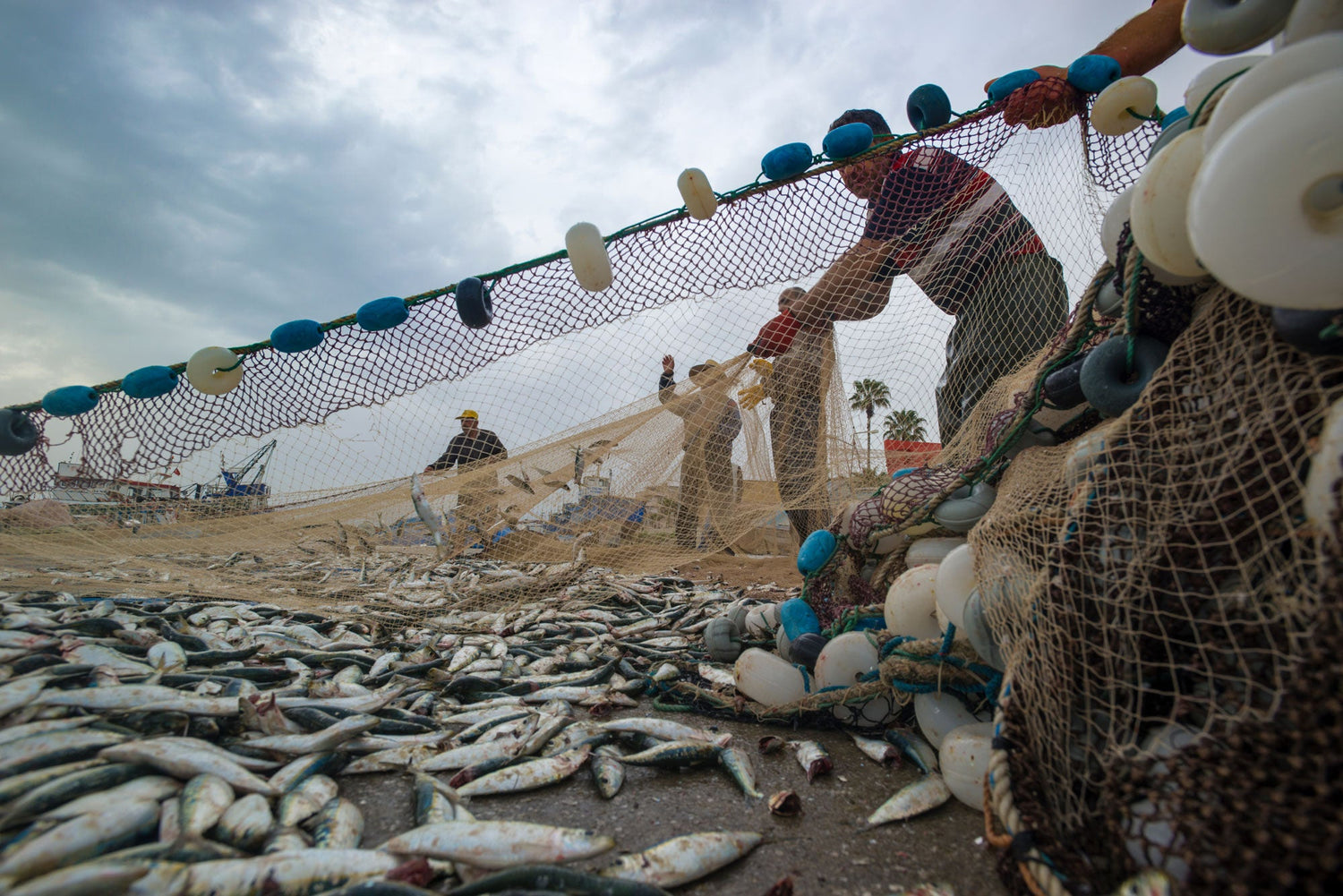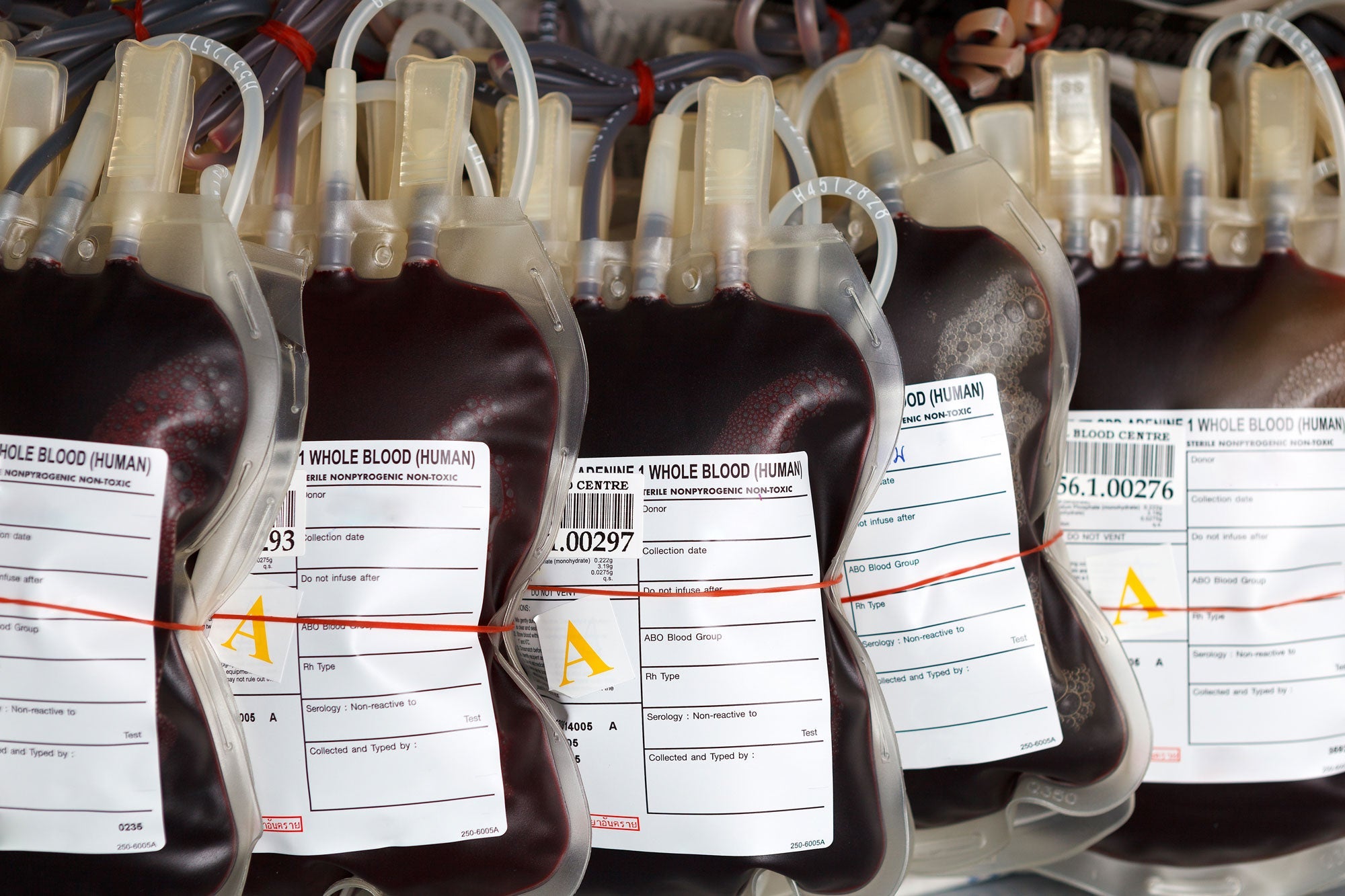Introduction: Microplastics and Coastal Economies
Microplastics, defined as plastic particles less than 5 mm, are pervasive environmental pollutants originating from primary sources (e.g., microbeads, microfibers) and secondary fragmentation of larger plastics. Coastal communities, often economically dependent on fishing, tourism, and aquaculture, are particularly vulnerable to microplastic pollution. These industries contribute significantly to local GDP, with fishing accounting for 10–20% in many regions and tourism generating billions annually. This analysis quantifies the economic impacts, highlighting the need for targeted interventions.
Impact on Fishing Industry
Microplastics affect fish populations through ingestion, leading to physical harm, reduced growth, and reproductive success, which decreases catch rates. A 2023 study by Barboza et al. estimated a 5% reduction in global fish stocks due to microplastic contamination, translating to economic losses of $1.4 billion annually for coastal fishing communities, particularly in Southeast Asia and Africa (Economic Impact on Fisheries). Contaminated seafood faces market rejection, with consumer surveys showing a 10–15% price drop in regions like the Mediterranean, where fishers report income losses of up to 25% (Seafood Market Impact). Additional costs include testing for microplastics, adding $0.05–$0.10 per kg to processing expenses, further straining small-scale fishers.
Impact on Tourism
Tourism relies on the aesthetic appeal of coastal areas, with microplastic pollution degrading beaches and waters. A 2022 UNEP report estimated a 20% decline in tourist arrivals in Mediterranean coastal towns due to visible plastic debris, costing $2.5 billion in lost revenue, with hotels and local businesses reporting 15–30% revenue drops (Tourism Revenue Loss). Cleanup efforts add financial strain, with annual beach maintenance costs reaching $500 million in Southeast Asia, diverting funds from infrastructure development (Cleanup Costs in Asia). Long-term, polluted beaches reduce repeat visits, with a 2023 study modeling a 5% annual decline in tourism GDP for affected regions (Tourism GDP Impact).
Impact on Aquaculture
Aquaculture, the farming of fish and shellfish, faces increased operational costs from microplastic pollution. Farmed species ingest microplastics, leading to higher mortality rates (up to 7% in shrimp farms) and lower yields, with a 2021 study estimating global losses at $300 million, particularly in Asia (Aquaculture Impact). Farmers incur additional costs for water filtration and monitoring, with expenses rising by 15–20% in affected regions, impacting profitability. A 2024 case study in Vietnam reported a 10% yield reduction in tilapia farms, costing $5 million locally (Vietnam Aquaculture Case).
Costs of Cleanup and Mitigation
Cleanup efforts are financially burdensome, with coastal communities spending significant resources on removing microplastics. A 2024 European Environment Agency report estimated annual cleanup costs at $1.2 billion for European coastal areas, including specialized equipment and labor (Cleanup Costs Report). Mitigation measures, such as improved waste management and public education, require additional investment, with some communities allocating up to 5% of their budgets, straining local finances. Preventive technologies, like advanced filtration in WWTPs, cost $50–$100 million annually per region, with long-term benefits still under evaluation (Mitigation Costs).
Broader Economic Consequences
Microplastic pollution has far-reaching economic effects, including declining property values near polluted coasts. A 2023 study modeled a 10% drop in real estate prices in affected areas, with coastal properties losing $2 billion in value across Europe (Property Value Impact). Healthcare costs rise due to potential exposure from contaminated seafood, with a 2025 estimate suggesting an additional $300 million annually in healthcare spending for coastal populations (Health Cost Estimate). The loss of ecosystem services, such as fisheries support, threatens long-term economic stability, potentially reducing GDP by 2–3% in heavily impacted regions like the Caribbean (GDP Impact Model).
Case Studies and Examples
Bali, Indonesia, experienced a 15% drop in tourist visits in 2023 due to microplastic pollution, costing $150 million in lost revenue, with local fishers reporting a 20% catch decline (Bali Case Study). In the Gulf of Mexico, shrimp aquaculture losses reached $50 million in 2022, with farmers spending an additional $2 million on filtration systems (Gulf of Mexico Impact). These cases illustrate the economic toll on coastal livelihoods and the need for targeted interventions.
Policy and Regulatory Responses
Policies like the EU’s Single-Use Plastics Directive (2019) aim to reduce plastic waste, indirectly lowering microplastics, with a 2024 study showing a 30% reduction in beach litter (EU Directive Impact). Microbead bans, effective in the US and UK, reduced coastal microplastic loads by 70%, but enforcement varies, with developing regions like Southeast Asia facing challenges (Microbead Ban Effectiveness). International agreements, such as the Basel Convention’s 2019 amendments, require better waste management, though compliance issues persist in Africa (Basel Convention Compliance).
Conclusion: Economic Imperatives for Action
Microplastic pollution imposes significant economic burdens on coastal communities, affecting key industries and straining finances. Effective policies, community engagement, and international cooperation are essential to mitigate these impacts, protect coastal economies, and ensure sustainable development in the face of growing plastic pollution.
References
- Economic Impact on Fisheries
- Tourism Revenue Loss
- Aquaculture Impact
- Cleanup Costs Report
- Property Value Impact
- Health Cost Estimate
- Bali Case Study
- Gulf of Mexico Impact
- EU Directive Impact
- Microbead Ban Effectiveness
- Basel Convention Compliance
- Cleanup Costs in Asia
- Tourism GDP Impact
- Vietnam Aquaculture Case
- Mitigation Costs
- GDP Impact Model
- Seafood Market Impact



Leave a comment
This site is protected by hCaptcha and the hCaptcha Privacy Policy and Terms of Service apply.